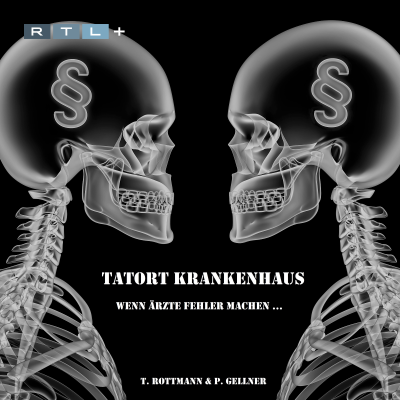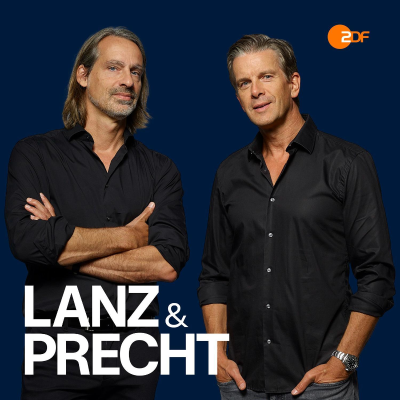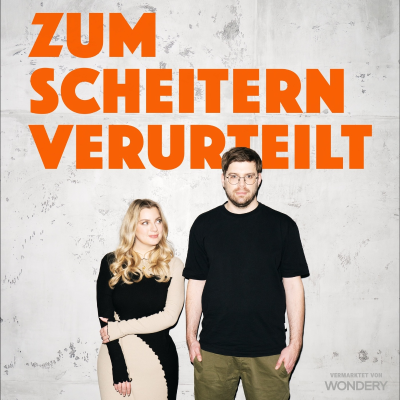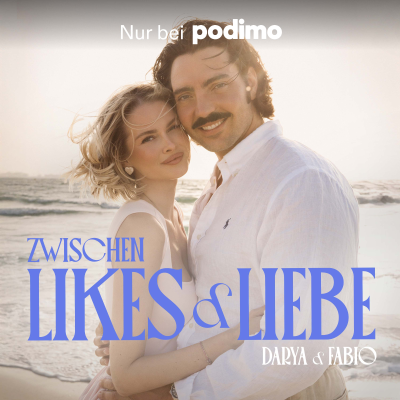
Head On History
Podcast von CurrentlyNerdy.com
Nimm diesen Podcast mit

Mehr als 1 Million Hörer*innen
Du wirst Podimo lieben und damit bist du nicht allein
Mit 4,7 Sternen im App Store bewertet
Alle Folgen
57 FolgenBuilding upon our exploration of gender in Islamic history we dive into the topic of gender bending and how it can help us see gender as socially constructed, historically contingent, and contextual. We explore multiple figures throughout Islamic history from the ghulamiyya to the the bacha posh, from the khawal and the köçek to finally the mustarjil. Each of these figures troubles the imagined gender binary and instead presents us with an understanding of gender that is flexible and fluid. We also explore the possibility of transmen in Islamic history. The emerging image is that of an Islamic world which has much more nuanced understanding of gender than modern people give it credit for.
Continuing our exploration of gender and sexuality in Islamic history we turn to the figure of the mukhannathun, a third gender category in early Islam. We trace ideas of gender as a fluid spectrum through the lives of these individuals examining their existence in the life of Muhammad and the nascent Muslim community, the Umayyads, and their eventual status in Abbasid society. We analyze the way in which they intersect with ideas of sexuality and theories of sex which fuse Islamic and Hellenistic models. Finally, we explore the legal discourse around intersex bodies and how these then make room for local expressions of gender in Indonesia and South Asia.
In this episode we dive into the history of homosexuality, same-sex desire, and gay love in Islamic societies. We examine the realm of religion, scripture, literature, and medicine and what they tell us about same-sex desire. We recount the lives of famous gay and lesbian figures from the early Muslim community through the Abbasid Caliphate, Al Andalus, and the Indo-Persian world. We discuss the formulation of the concept of “liwat” while pushing back on the reductive attempt to project modern definitions on to it. We analyze the nuances in religious discourse arguing liwat is more accurately understood as sodomy and sexual violation. To the contrary we examine the way in which homoerotic poetry was praised in Islamic societies.
How did early Muslims define sex? In this episode we examine the role of pleasure and specifically mutual pleasure as a key definition of sex in Islamic society. We trace the role of pleasure from the Qur’anic ethos to the subsequent development of Islamic law, literature, and medicine. We argue Muslims did not define sex as predominantly procreative, but treated pleasure as good in its own right. We examine erotic manuals on mutual orgasm, advice literature on sexual satisfaction of partners, and religious guidance on sex partners. From this we can see a society which viewed sex in mostly positive terms and what this means for broader understandings of relationships, sexuality, and gender.
The theme for season 5 is gender and sexuality in Islam. In our first episode we provide the framework for understanding gender, sex, and sexuality in the Islamic world. We discuss three influences on the framework: cultural beliefs, the Qur’an, and the philosophical tradition of the high Abbasid period. We discuss how Muhammad strove to reform Arabian tribal society and the ways in which the Qu’ran reflects this mission as well as codifies certain social differences and structures. We talk about the vast cultural variations and how the process of Islamizing a region included adopting some cultural norms. We then discuss the Hellenic concept of the humors and their adoption into Islam and relation to understanding gender and sexuality. Finally we bring it all together to help us understand the way in which Islam views gender, sex, and sexuality on a fluid spectrum that allows for variation. This episode sets up the framework for our future conversations.























